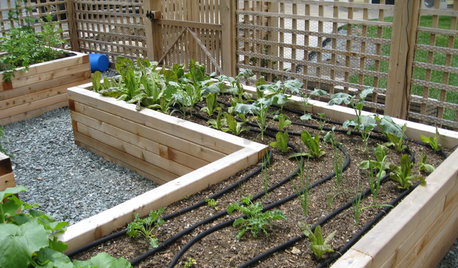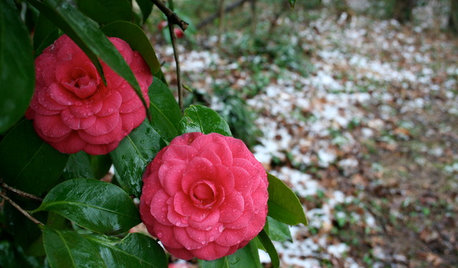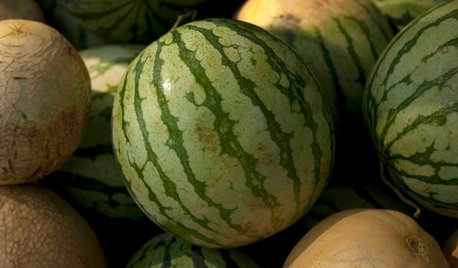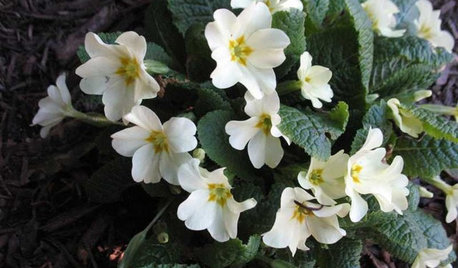Last Frost Date, and ASATGCBW
bi11me
12 years ago
Related Stories

GARDENING GUIDESGot Frost-Damaged Plants? How It Happens, and When and How to Prune
Crispy brown leaves are a sure sign that Jack Frost has been to your neighborhood
Full Story
SPRING GARDENINGEnjoy the Peak of Spring Gardening — Here’s What to Do in May
Bid the frost farewell and treasure the blooms. No matter what U.S. region you’re in, one of these guides will help your garden flourish
Full Story
GARDENING GUIDESSoutheast Gardener's November Checklist
You're probably on top of planting bulbs, but don't forget to keep an eye on frost and drain your mower's gas tank
Full Story
POOLSSolstice Daydream Break: 10 Breathtaking Swimming Pools
Put Jack Frost's nipping out of mind with a virtual dip in 10 covetable Australian swimming spots
Full Story
BATHROOM MAKEOVERSInside Houzz: A Chopped-Up Bathroom Goes Streamlined and Swank
Dysfunctionally divided and dated too, this bath needed major help. The homeowner found it on Houzz
Full Story
HOLIDAYSHost a Perfectly Imperfect Cookie Decorating Party
When sisters get together with their kids to decorate cookies, formality is the last thing on anybody's mind
Full Story
BATHROOM MAKEOVERSRoom of the Day: Master Bath Gets an Elegant Remake
A once-dated bathroom blends traditional style with modern updates and distinctive tilework
Full Story
HOUSEKEEPINGSummer Weekend Projects to Have Your Home Looking Sweet by Fall
Make a date with your house to take on one or two of the upgrades languishing on your to-do list
Full Story
GARDENING GUIDESSummer Crops: How to Grow Melons
Drink in the refreshing sweetness of melons from your own garden this summer — they can last well into fall too
Full Story
SPRING GARDENING7 Great Container Plants for Early-Spring Appeal
Good things sometimes come to those who impatiently head to the nursery for plants that can take a chill
Full Story


wayne_5 zone 6a Central Indiana
dave_f1 SC, USDA Zone 8a
Related Discussions
Average last frost dates
Q
Average "Last Frost Date" (Canada)?
Q
Zone Changes & Last Frost Date Qs
Q
Last frost date, first frost date, accuracy?
Q
sunnibel7 Md 7
digdirt2
bi11meOriginal Author
wayne_5 zone 6a Central Indiana
wertach zone 7-B SC
sunnibel7 Md 7
glib
bi11meOriginal Author
User
tishtoshnm Zone 6/NM
cindy_eatonton
bi11meOriginal Author
glib
bi11meOriginal Author
glib
bi11meOriginal Author